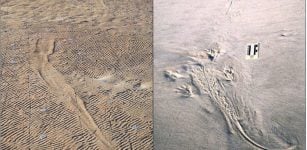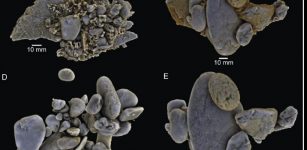Calciavis Grandei: Ancient Relative Of Ostriches Roamed North America 50 Million Years Ago
MessageToEagle.com – Scientists have discovered bird fossils of a new species named Calciavis Grandei. It is a previously unknown ancient relative of the modern-day ostrich. The bird lived in North America about 50 million years ago.
Discovered within the Green River Formation in Wyoming, a hot bed for extinct fish, in North America, the intact fossils reveal the bird was roughly the size of a chicken, and similar to chickens. It was mostly ground-dwelling, only flying in short bursts to escape predators.
“This is among one of the earliest well-represented bird species after the age of large dinosaurs,” said Nesbitt, an assistant professor in the Department of Geosciences.
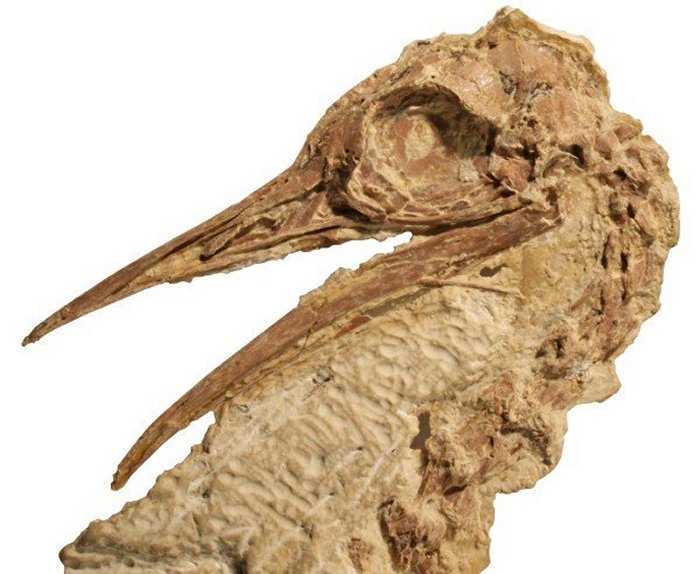
Credit: Sterling Nesbitt/Virginia Tech
Fossil diggers were able to recover two fossils of Calciavis dating from the Eocene epoch, roughly between 56 million and 30 million years ago.
“These are spectacularly preserved fossils, one is a nearly complete skeleton covered with feather remains, the others are nearly are nearly as complete and some show soft tissue remains,” said Nesbitt.
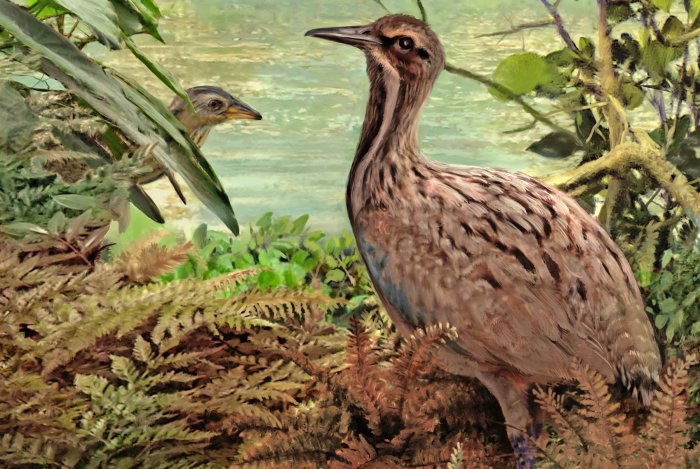
Calciavis Grandei is a close relative of living ostriches, kiwis, and tinamous now living in the southern continents. After tropical forests disappeared in North America, Calciavis and other more tropical birds went extinct.
See also:
New Zealand’s Flightless Kiwi Bird Probably Related To Emu
The Truth About Dodo – An Extinct Flightless Brainy Bird
Pelagornis Sandersi: World’s Largest Bird Had A Wingspan Of 24 Feet!
“Relationships among species in this lineage of birds have been extremely contentious. We hope the detailed new anatomical data we provide will aid finding a resolution to this ongoing debate,” Professor Julia Clarke, from the University of Texas said.
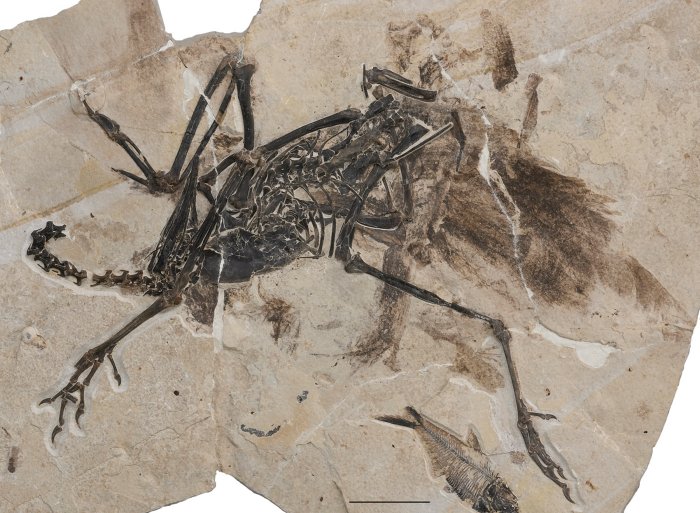
The discovery is very interesting as it shows that the bird group that includes the largest flightless birds of today had a much wider distribution and longer evolutionary history in North America. The ostrich-like Calciavis Grandei lived in a tropical environment that was rich with tropical life and this is in stark contrast to the high-desert environment in Wyoming today.
MessageToEagle.com







